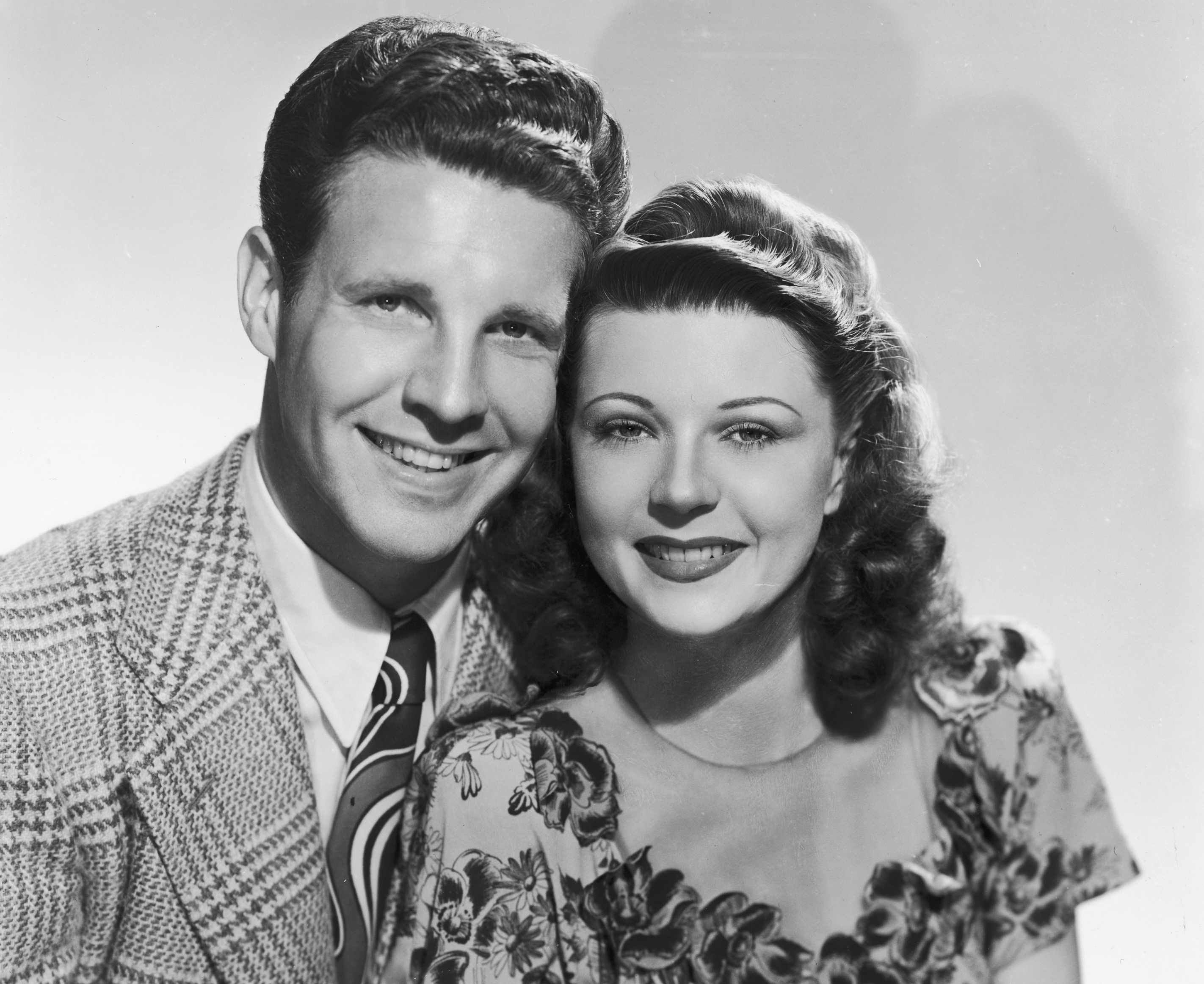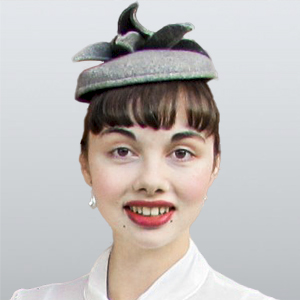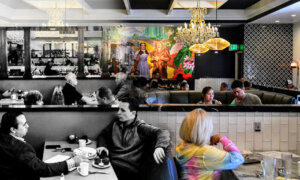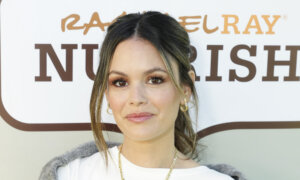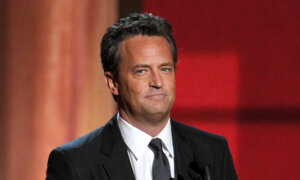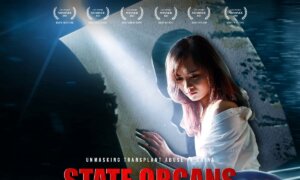Commentary
Movies and television shows aren’t just entertainment. They are a useful gauge of a country’s moral and social state. Films from the Golden Era of Hollywood provide invaluable records of what the United States was like during the 1930s-50s for those of us who weren’t alive, were too young to remember, or would like to travel back in time. As television became increasingly popular in the 1950s, TV shows from this era provide a different perspective on cultural changes which took place in our country.
In the 1950s and 1960s, “The Adventures of Ozzie and Harriet” was one of the most popular American television shows. You could call it the first reality television show. It was based on a real family, the Nelsons, who played themselves in a fictionalized version of their lives. Running from October 1952 to April 1966 for a total of 14 seasons, it was the longest-running live action sitcom until 2021, when “It’s Always Sunny in Philadelphia” surpassed it. It still has the greatest total number of episodes, 435.
Becoming America’s Favorite Family
Ozzie and Harriet’s adventures started twenty years before they would become “America’s favorite family” on television. In 1930, 26-year-old saxophonist Ozzie Nelson started The Ozzie Nelson Band and used clever but slightly unscrupulous means to win a newspaper’s contest for popular bands by having his own bandmembers vote with any discarded newspapers they could find. The band was never one of the biggest groups, but they made a lot of popular records. In 1932, he met singer, dancer, and vaudeville comedienne Harriet Hilliard, who became his featured vocalist. In 1935, they got married. Although she had a promising film career, she and Ozzie decided it would be better if she remained the band’s vocalist so they could work together.
Before television, the Nelson couple grew popular on radio. In the 1930s, The Ozzie Nelson Band received national network exposure through a booking at Glen Island Casino in New York. This led to the couple’s becoming regulars on the “The Baker’s Broadcast.” In 1941, Ozzie and Harriet joined the cast of “The Red Skelton Show,” acting as well as providing music for the radio show. When Red Skelton was drafted in 1944, Ozzie had the opportunity to create his own show. On Oct. 8, “The Adventures of Ozzie and Harriet” debuted on CBS as a radio show. Actors played the couple’s sons, since David and Ricky were deemed too young to start working. The show was a hit, running for ten years on CBS, NBC, CBS again, and finally ABC. The boys joined their parents on the show in 1949 at ages 12 and 8.

American actor, screenwriter and bandleader Ozzie Nelson and his wife, American actress and singer Harriet Nelson, who holds pages of a script as the two stand smiling before a CBS microphone as they record their radio sitcom "The Ozzie Nelson-Harriet Hilliard Show," circa 1945. (Graphic House/Archive Photos/Getty Images)
In 1952, the Nelson family made a Universal feature film called “Here Come the Nelsons,” which Ozzie intended as a pilot for a television version of their radio show. It was well-received, so “The Adventures of Ozzie and Harriet” premiered on the small screen on ABC on Oct. 10, 1952. This show was only in the top 30 in the Nielsen ratings once, becoming the 29th most popular program in its 11th season.
Whether Ozzie was a lovable jokester or a tyrannical Svengali in real life, he seems to have found the winning combination in creating a show with lasting appeal. Between when “The Rivals” opened Season 1 on Oct. 3, 1952, and “The Game Room” ended Season 14 on March 26, 1966, a lot changed in the world. Just think about the social upheaval which occurred in our country during those 14 years. Besides the powerful effects of the Civil Rights Movement, the Women’s Liberations Movement, two wars, the beginning of the hippie movement, and the rise of rock-and-roll, a big change happened in the film industry during this time. In 1954, Joseph I. Breen retired from the Production Code Administration (PCA) after 20 years enforcing the Motion Picture Production Code. By 1968, the Production Code was replaced with the Rating System, because it had become so ineffective after years of poor enforcement. It was the end of an era, only two years after “The Adventures of Ozzie and Harriet” was canceled.
A Social Gauge
Whether movies shape culture or culture shapes movies is like the question about the chicken or the egg coming first. Personally, I believe that, during this time period, movies were projective while TV was reflective. Films pushed the envelope with daring content, including profanity, revealing clothing, and immoral situations which wouldn’t have been accepted in polite society in the average American community. Since television went directly into people’s homes, it was subject to strong content guidelines which had long before been compromised for movies. Comparing movies made in 1959 with episodes from Season 7 of “Ozzie and Harriet,” it’s hard to believe it’s the same time. Nevertheless, you can see the societal changes sneak into “Ozzie and Harriet” and other sitcoms, too, if you study the whole series.

American actor Harriet Hilliard Nelson, of the television show "Ozzie and Harriet," shows her sons, future singer Ricky Nelson (left) and future director David Nelson, how to dye Easter eggs, circa 1947. (Hulton Archive/Getty Images)
The biggest change I’ve noticed is in the familial roles and relations between Ozzie and Harriet and the other married couples on the show. In the early seasons, we see Ozzie making silly mistakes, it’s true, but Harriet is quick to defend him, defer to his wisdom, and make sure he doesn’t look foolish in front of his sons. Ozzie and his best friend, Thorny (Don DeFore), may bluster, but they remain the strong heads of their households. By the middle seasons, the battle of the sexes is being fiercely waged between the Nelsons and their friends, especially Joe and Clara Randolph. The spouses are always arguing about whether women are more curious, whether husbands are forgetful, etc. As Thorny with the never-seen wife was replaced with Joe and Clara, it became “the girls” versus “the fellas.” Many times, the fellas ended up looking like foolish idiots, showing how the image of traditional American manhood was being gradually broken down. This was dramatically illustrated in the last few seasons with Rick’s real-life marriage to Kris Harmon, who is constantly bickering with her husband in any episode when she is featured.
Watching the whole series in chronological order on Tubi, there was one episode that stood out as displaying markedly different content, Season 8, Episode 4. Called “Who Needs Girls,” this episode shows college-aged David with a copy of Playboy Magazine on his desk, very out of character with the boys’ clean-cut image up to that point. Later in the episode, the brothers and a few college friends play poker with a deck of cards featuring pinup pictures, some of which feature daring bikinis. After that, the word “sexy” began being used occasionally in the script. This probably sounds ridiculously mild by today’s standards, but it wasn’t in keeping with the Nelsons’ squeaky-clean image for the first seven seasons.
The Nelson Legacy
Why was “The Adventures of Ozzie and Harriet” popular enough to last 14 seasons? The writing wasn’t extremely innovative or exceptionally clever. It was reliable, formulaic, simple, yet very enjoyable entertainment. Many of the same jokes were frequently reused, and the same supporting actors popped up as countless random character actors. The secret to its success was its simplicity and its ability to change as the boys grew older and in response to changing times. The 1998 documentary “Ozzie and Harriet: The Adventures of America’s Favorite Family” interpreted Ozzie’s shrewd business sense as exploitation of his sons’ childhoods, but that’s a debatable point which isn’t the focus of this article.

Married American actors Ozzie and Harriet Nelson smile with their sons Rick (L) and David as they attend the premiere of director Mark Robson's film, "Peyton Place" in 1957. (Jack Albin/Hulton Archive/Getty Images)
Seventy years later, it’s delightfully refreshing to look back at this wholesome entertainment. It may not have been a simpler time or a utopia where everyone was morally upstanding, but it was an age when the average American and society in general had some standards of decency. I especially recommend the first half of the series, when the boys were younger and before changing times gnawed away at the inherent respectability.



